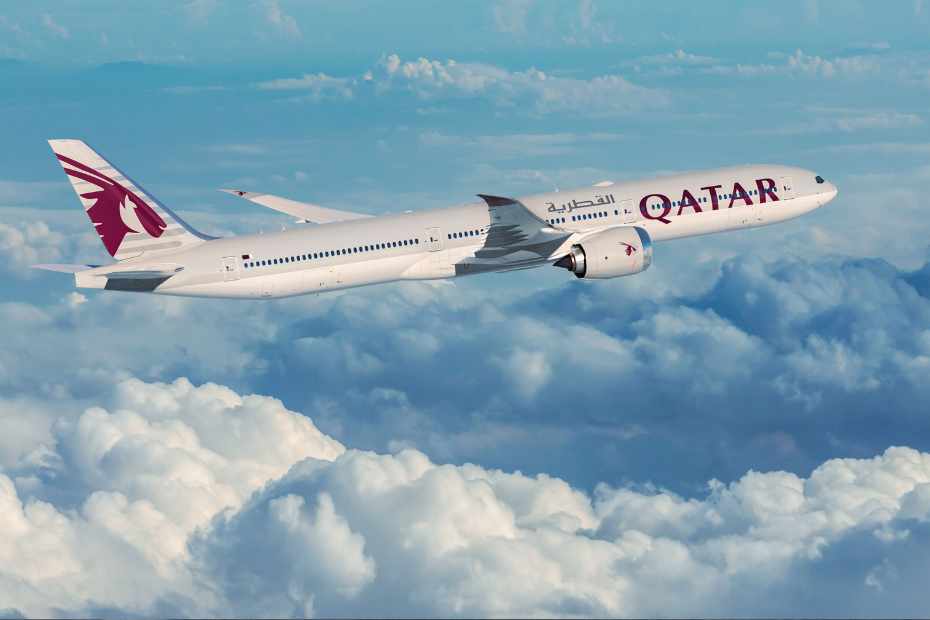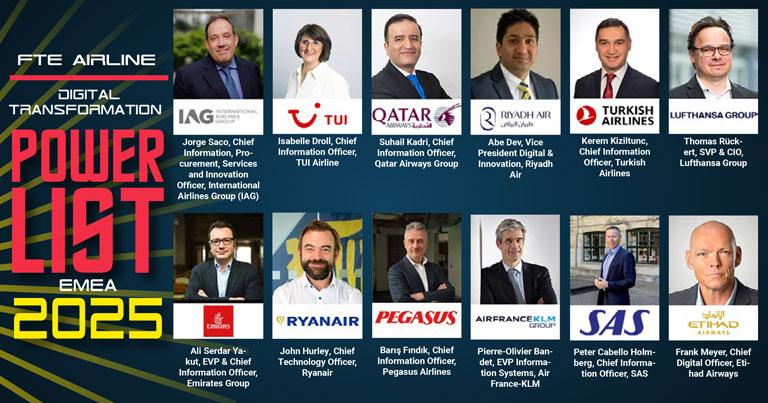When travel resumed with a bang after the pandemic shutdown, many travel suppliers and agencies weren’t able to keep up with the pent-up demand, having lost staff to other industries or because they had simply left the workforce.
Staff shortages became a top concern for the travel industry, one that was still cited as an issue by many sectors as recently as the beginning of this year. Among the reasons was a low unemployment rate, which had dropped to 3.4% in early 2023, the lowest it had been in 54 years.
As such, last month’s news that unemployment had ticked up to 4.3% amid a slowdown in hiring could represent a double-edged sword for the travel industry.
U.S. Bureau of Labor Statistics data shows that hiring was down while unemployment ticked up but also that the leisure and hospitality sector, having added 23,000 jobs, was an exception. And the U.S. Travel Association reported in early August that not only has there been an increase in travel and hospitality jobs but that there are still at least 1 million travel-sector job openings.
And those jobs need to be filled, said Joshua Friedlander, U.S. Travel’s vice president of research, citing strong demand for travel. The association’s data shows that 92% of American travelers are planning trips within the next six months and that year-to-date international, inbound visitors are up 18% in 2024.
Friedlander said in a blog post that the sector currently employs nearly 17 million people, up almost 300,000 year over year. But it’s not enough, he said, and the U.S. needs to do more to bolster programs to fill seasonal jobs in the tourism industry, such as expanding the H-2B guest worker program that allows employers to hire foreign workers for temporary jobs.
“The most significant workforce demands are in areas that are big destinations for travelers but lack a relatively large residential population,” Friedlander said. “These are often seasonal destinations, like ski destinations, beach resorts and locations such as Mackinac Island, Mich., and Maine.”
But the other side of the unemployment sword is that if that rate goes too high, discretionary spending is likely to fall.
“Declining wage gains and slightly higher unemployment help cement today’s better staffing levels in hospitality because more people are being pushed into labor participation,” said Clayton Reid, MMGY Global’s executive chairman. “But if the economy has a harder landing and unemployment rises above 5%, which I believe is quite possible, then that macro condition hurts leisure demand — and to a smaller degree, commercial demand — in a meaningful way.”
MMGY Global tracks travel sentiment, and Reid wrote in a post in May that travel intent, while still above historical averages, was coming down.
“Households on the edge of the economy are already dropping out of travel,” Reid said. “But more importantly for the belly of demand, I see weakness emerging in middle- and upper-middle class households, especially in the U.S. This will unquestionably affect travel industry revenues over the next 24 months.”
Reid sees strength, not only in the aforementioned growth in the number of international travelers returning to the U.S. but also in the regional drive leisure market. Business and group travel, he predicted, will outperform leisure, where cruise is the brightest spot.
“I believe cruise demand will remain very strong, albeit in the midst of growing supply, which could hurt prices for the operators,” he said.
Friedlander also said that while there is still high demand for travel, growth is expected to temper.
“In many ways, travel has experienced a remarkable recovery over a relatively short period since the immense impact of the pandemic,” he said. “Some segments, like domestic leisure travel, have fully recovered to prepandemic levels, while others such as business travel and international, inbound visits have grown quickly but have not fully returned to those levels. U.S. Travel’s forecast is for continued growth, though at more normalized rates than were seen during the initial Covid recovery period.”
The case for H-2B expansion
Given that many of the jobs that are open in travel are temporary and seasonal, Friedlander stressed U.S. Travel’s position that lawmakers should permanently expand the H-2B program, raising its annual cap well beyond current levels.
“Given the volume of jobs that remain open in our industry, H-2B expansion is an urgent solution that provides access to much-needed guest workers for a temporary period,” Friedlander said. “This lack of access to additional temporary workers results in travel businesses being unable to hire workers to properly and consistently serve their customers.”
Congress capped the H-2B visa program at 66,000 per year, with some temporary supplemental allowances granted. Friedlander called that number “inadequate.”
“This current max level of visas is insufficient for U.S. travel businesses to efficiently operate and is a clear demonstration of the need to expand this worker program,” he said. “For years, both prior to and subsequent to the Covid-19 pandemic, those visa caps have been reached.”













